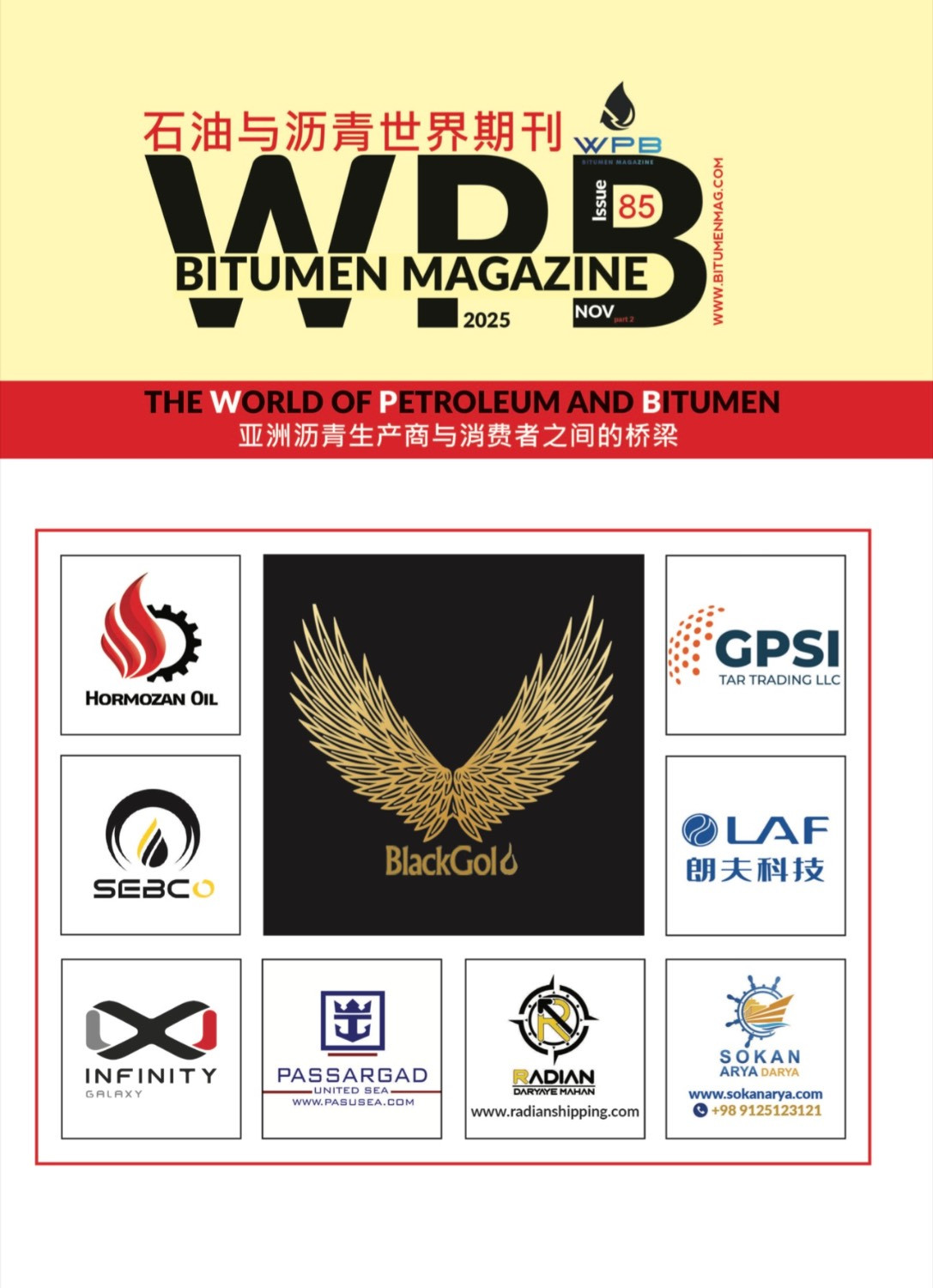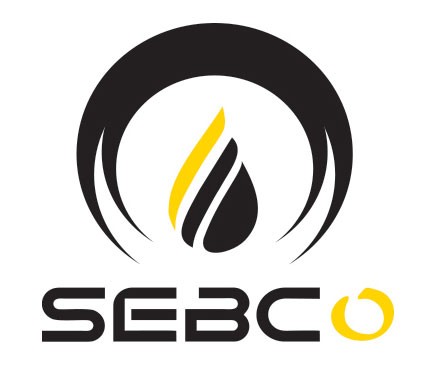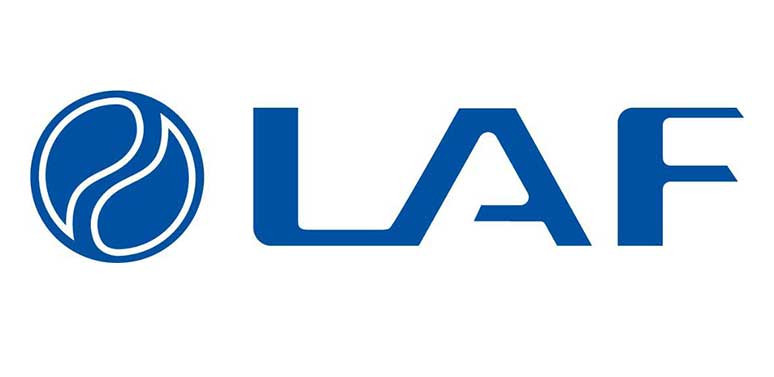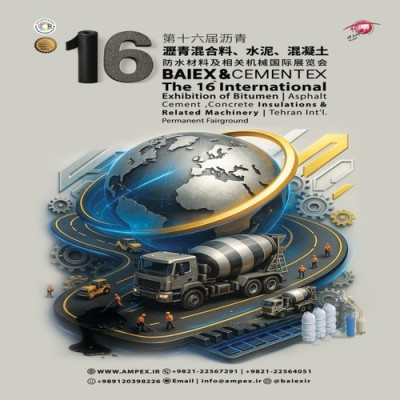According to WPB, Russia’s measurable decline in bitumen production during the first three quarters of 2025 represents a shift with consequences that extend far beyond a simple industrial fluctuation. Although crude oil dominates global conversations about energy security, transportation corridors, and geopolitical rivalry, bitumen occupies a less glamorous but equally essential position. It is the backbone of modern infrastructure, the binding material without which highways would crumble, logistics networks would malfunction, and major construction projects would stall. When a country that has historically been one of the significant producers and exporters of bitumen—such as Russia—faces a sustained contraction in output, the reverberations spread outward across multiple regions simultaneously.
The causes of Russia’s shrinking bitumen supply are interconnected. First, several of its major refineries underwent extended maintenance periods. These maintenance schedules had been planned earlier, but international sanctions and restricted access to Western spare parts resulted in unexpected delays. In some facilities, upgrading units that should have resumed operation early in the summer remained idle well into autumn. The lack of critical catalytic components, polymer modifiers, and technical service teams severely slowed output restoration.
Second, domestic demand for road-maintenance materials surged. After years of postponement, many regional administrations accelerated highway rehabilitation initiatives to prepare for winter 2025–2026. This sudden surge in internal consumption absorbed a much higher share of national bitumen output. Under normal conditions, Russia would have balanced domestic needs while maintaining stable export volumes, but the unusual convergence of refinery limitations and domestic projects created a tight supply environment.
Third, Russia’s strategic reorientation of oil-product sales toward Asia—especially China and South Asia—complicated logistical flows for bitumen specifically. Unlike crude oil and gasoil, bitumen is not easily rerouted through long-distance maritime transport without special heating systems, viscosity management, and insulated storage. Some of Russia’s older export terminals on the Baltic Sea and Black Sea lacked the upgraded heating and pumping infrastructure required for large-scale redirection. As a result, even if the intention existed to replace European markets with Asian importers, the operational and technical constraints reduced Russia’s ability to shift bitumen exports efficiently.
The combined result of these factors is a measurable tightening of supply within Russia and a significant reduction in export-oriented availability. Countries in Eastern Europe that traditionally sourced specific grades of Russian bitumen—especially those used for cold-climate road performance—had to seek rapid substitutes. Several Balkan states, for instance, turned to suppliers in the Mediterranean, although transport distances raised project costs. Meanwhile, Central Asian states that had relied on Russian cross-border rail deliveries faced delays and inconsistent volumes.
The most notable impact, however, extends toward the Middle East. The Middle East contains a combination of advanced petrochemical producers and infrastructure-hungry economies. While the region does possess substantial refining capacity, bitumen demand has risen sharply due to large-scale projects including inter-city highways, industrial corridors, urban expansion zones, port-linkage networks, and new logistics infrastructures connected to Gulf-to-Red-Sea trade routes. Saudi Arabia, the UAE, Oman, Qatar, and Iraq each require stable, predictable flows of bitumen for multi-year engineering megaprojects.
Russia has historically supplied only a portion of Middle Eastern needs, yet its exports have functioned as a buffer—an auxiliary stream that ensured flexibility during peak construction seasons. When Russia’s output declines, Middle Eastern import strategies must adjust. Several Gulf states increased inquiries toward suppliers in India, Southeast Asia, and Africa. Yet these regions face their own logistical, seasonal, and refinery-specific challenges. India’s domestic demand for bitumen continues to climb as the government expands national highway programs; African suppliers still struggle with consistency in grade quality; and Southeast Asian exporters face monsoon-driven disruptions during storage and loading operations.
The situation becomes even more complex when considering the global strategic environment. Russia’s reduced exports create a vacuum that other producers are eager to fill, turning bitumen into a quiet arena of commercial competition and geopolitical influence. Turkey, for instance, has attempted to increase its blending and processing capabilities to act as a regional resupply hub. Similarly, Iran—despite sanctions—continues to expand its presence in the global bitumen market, leveraging lower production costs and geographical proximity to both the Middle East and parts of Asia.
On a global scale, the disruption also affects project-timing strategies. Infrastructure contractors who previously scheduled deliveries of Russian bitumen months in advance now face uncertainty. Delayed supply results in phased postponements of construction timelines. This is particularly impactful for countries with narrow seasonal construction windows, such as northern states in Central Asia or high-altitude regions dependent on limited warm-weather periods.
Middle Eastern importers, especially those overseeing multibillion-dollar urban and industrial megaprojects, now face the need to recalibrate both their procurement strategies and their project timelines. The construction of highways, bridges, airport runways, industrial free zones, and desert-logistics corridors requires meticulous synchronization between engineering crews, onsite material storage, and upstream procurement. Bitumen shortages complicate this balance. A procurement delay of even two or three weeks can trigger cascading disruptions: subcontractors must reassign machinery, asphalt plants must modulate output cycles, and engineering firms may be forced to postpone the paving phase until temperatures meet optimal thresholds again. Such delays escalate operational costs, exert pressure on national budgets, and weaken the predictability of state-led development agendas.
Europe, though less dependent on Russian bitumen than on Russian hydrocarbons, also experiences consequences. Eastern European and Baltic states, which often incorporated Russian binders into their highway specifications, must undertake adjustments. Some countries consider revising their technical standards so that imported grades from the Mediterranean or North Africa can be used without extensive reformulation. Such changes, however, require laboratory testing, regulatory approvals, and assurances regarding long-term pavement stability—processes that consume both time and financial resources.
South Asia, particularly India, navigates a different scenario. Domestic infrastructure expansion absorbs most domestically produced bitumen, leaving limited export capacity to fill global gaps. Although India does supply the Middle East and parts of Africa, these shipments typically reflect excess capacity rather than strategic export planning. Therefore, India cannot fully compensate for Russia’s reduced output without jeopardizing its own infrastructure agenda. This dynamic underscore a critical, often overlooked truth: many major bitumen producers are simultaneously major consumers, reducing their ability to function as substitutes in a disrupted global market.
Africa presents a contrasting picture. Nations such as Nigeria and Egypt possess refining capabilities but face chronic operational instability, driven by maintenance issues, feedstock inconsistencies, and financial constraints. While African exporters can expand shipments marginally, they cannot deliver large, consistent volumes capable of stabilizing global supply. Moreover, climatic and port-related challenges—such as high humidity, heat exposure, and limits on heated storage capacity—affect export reliability. Consequently, African suppliers may only provide short-term relief rather than structural balance.
Across these interconnected regions, the overarching theme is vulnerability. A single country’s disruption—especially one with Russia’s production scale—reveals how interdependent global infrastructure development has become. This dependence raises questions about long-term resilience. Should countries invest heavily in domestic refining upgrades to increase self-sufficiency? Should they diversify procurement across multiple suppliers even when doing so increases operational costs? Should international agencies create strategic reserves of bitumen comparable to emergency oil stocks?
In the long term, the geopolitical dimension of the bitumen shortage may prove more consequential than the logistical one. Russia’s diminished exports alter its economic engagement profile. Countries that once relied on Russia for stable deliveries may reconsider the strategic value of maintaining close procurement ties. This reevaluation could influence other sectors as well, gradually reshaping patterns of industrial collaboration, investment partnerships, and regional connectivity. The Middle East, for instance, may deepen its engagement with Asian producers or expand domestic refining capabilities specifically for bitumen-grade residues.
Ultimately, Russia’s declining bitumen output in 2025 acts as a catalyst—a stress test that exposes the fragility of global infrastructure supply chains. It urges policymakers, contractors, refinery planners, and economic strategists to recognize the essential nature of an industrial material often overshadowed by more politically glamorous commodities. Bitumen, though humble in appearance, constitutes the physical foundation of modern civilization.
By WPB
News, Bitumen, Bitumen Production, Repercussions, Bitumen Output



















